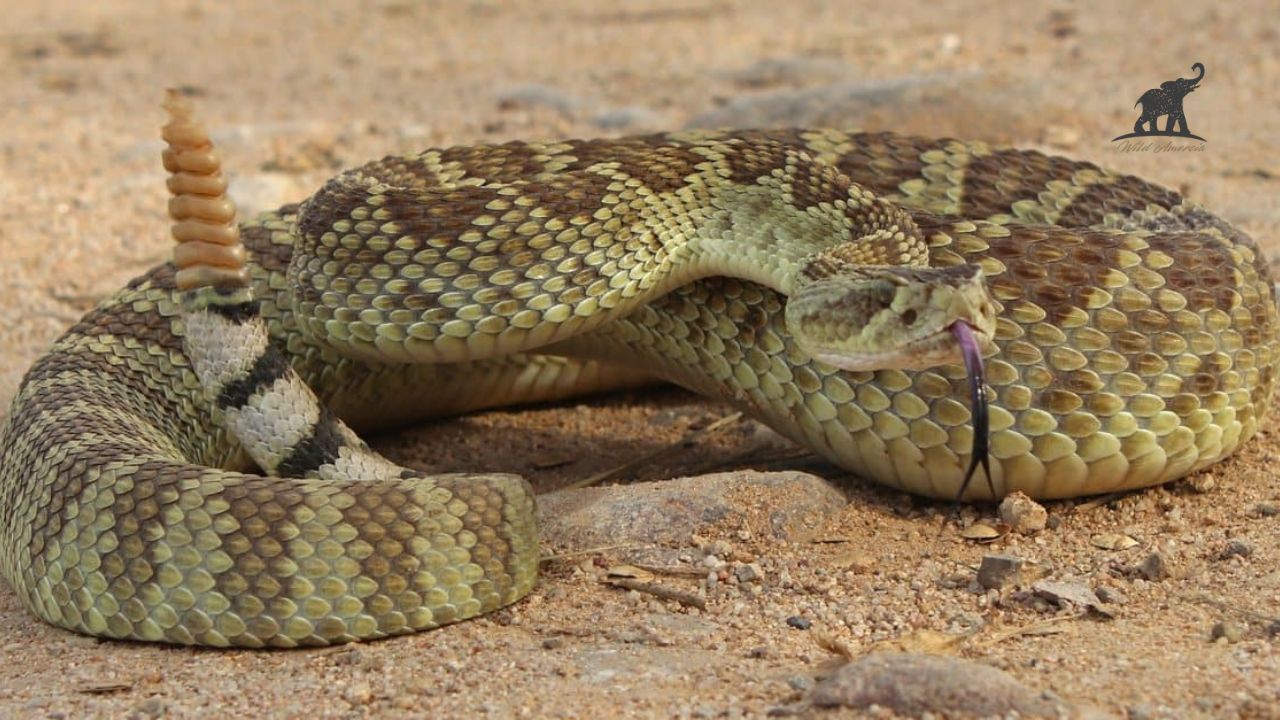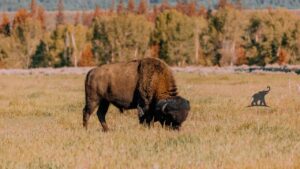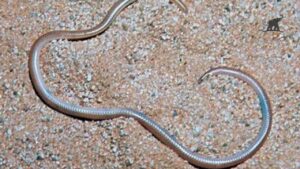The Mojave Desert Rattlesnake is most charming yet fatal creature of nature. It is a sign of arid landscapes of southwest America. It is well known for its strong venom and distinctive adaptations. It is also famous for both feared and praised simultaneously. You have come to the right place if you want to learn more about this desert dweller. This article highlights everything you need to know-from its habitat and behavior to its venomous bite.
Some Quick Facts About the Mojave Desert Rattlesnake
These are the some quick facts about Mojave Desert Rattlesnake
| Feature | Description |
| Scientific Name | Crotalus scutulatus |
| Habitat | Deserts, shrublands, rocky areas |
| Diet | Mice, rats, lizards, and small birds |
| Average Length | 3–4.5 feet (though they can grow larger) |
| Venom Potency | Considered one of the most toxic snake venoms |
| Lifespan | Maximum 20 years in the wild |
| Activity | Largely nocturnal, especially during warmer months |
What Sets the Mojave Desert Rattlesnake Apart?
Appearance
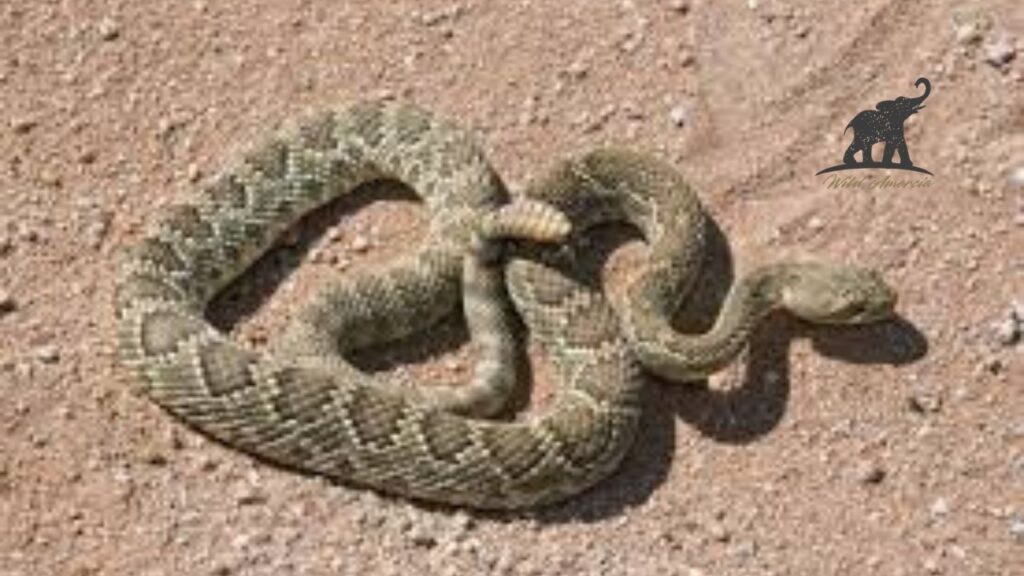
The Mojave Desert Rattlesnake has earned “Mojave green” nickname due to pale greenish hue that it has. It has a well define camouflage ability that makes it easy to blend flawlessly into its desert environments. Therefore, its camouflage capacity allows it to become early invisible to its predators. Furthermore, dark diamond arrays, analogous to a cousin, the Western Diamondback, run down its back, nevertheless, the Mojave has a cleaner, defined pattern.
Venom that Packs a Punch
Mojave Desert Rattlesnake is famous for its very toxic venom. Its venom has a combination of neurotoxin and hemotoxins. Neurotoxins destroy the nervous system, whereas hemotoxins attack body cells and blood. Gratefully, antivenom is very effective if medical attention is sought quickly.
Venom Quick Stats:
- Mojave toxin increases the venom’s neurotoxic effects.
- On average, a bite injects enough venom to affect vital organs if left untreated.
A user on a popular wildlife forum gave this rattlesnake a chilling review, stating, “I’ve been hiking the Mojave for years, and these snakes are terrifyingly quiet when they’re coiled. Respect them, keep your distance, and always wear boots.”
Behavior and Hunting
A Feast of the Mojave Night
Mojave Desert Rattlesnakes are mostly prey at night hours; specifically in sweltering summer months. They are equipped with pit organs near their nostrils which act as heat sensing organs—they can pursue their prey even in complete darkness.
Usual Diet:
- Rodents, particularly mice and rats
- Lizards scuttling across the desert
- Nesting birds and their eggs
Interestingly, these snakes don’t chew their food but swallow it whole, making it easier to digest.
Rattlesnake Warning
The well-known rattling sound is a way to protect yourself. Mojave Desert Rattlesnakes use their rattle to warn of potential dangers and prefer to avoid conflict. However, be careful because they can strike at an astonishing rate when provoked. One Mojave backpacker recalls, “Hearing that unmistakable rattle while miles from civilization is enough to send chills down your spine. It’s like the ultimate natural alarm clock.”
Where Does the Mojave Desert Rattlesnake Live?
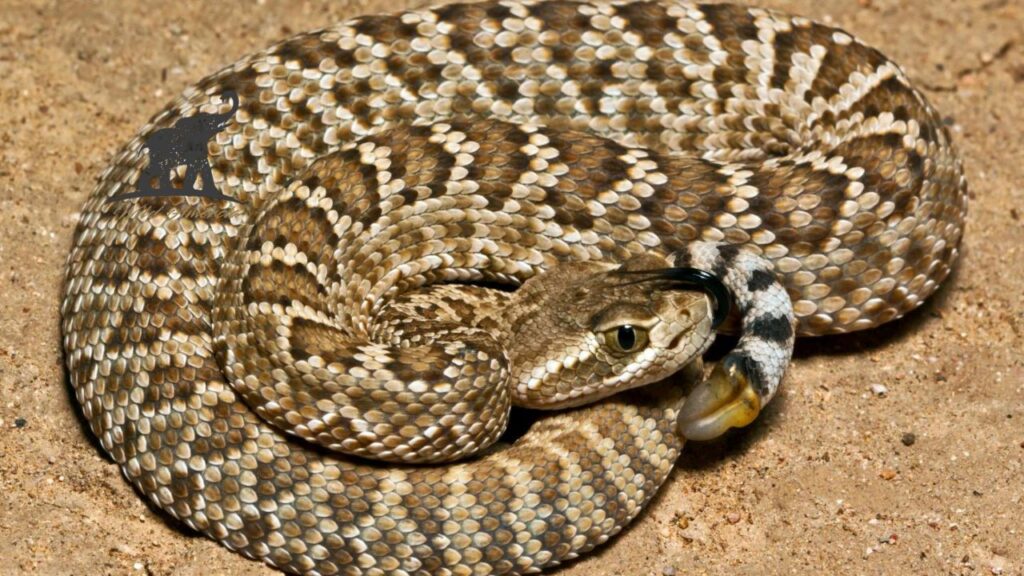
The Mojave Desert Rattlesnake thrives in desert areas of the southwestern United States and parts of Mexico. It can be found in corners of:
- California
- Nevada
- Arizona.
Preferred Habitats:
- Sandy desert floors with sparse vegetation
- Rocky foothills and canyon edges
- Shrubland areas close to rodent populations
Even in harsh, barren environments, they are able to locate prey thanks to their excellent sense of smell and heat detection.
Stay Safe from Mojave Desert Rattlesnake
There are some basic safeties key:
- Wear Protective Gear
- Stay Alert
- Keep a Safe Distance
- Know Emergency Procedures
FAQs About the Mojave Desert Rattlesnake
1. How dangerous is a Mojave Desert Rattlesnake bite?
Extremely. Its venom is among the most potent of any snake species, with neurotoxic and hemotoxic effects. Immediate medical care is essential.
2. Can they climb or swim?
Yes! While they prefer staying on land, Mojave Desert Rattlesnakes can climb low vegetation and swim if needed.
3. When are these snakes most active?
They are nocturnal during hot summer months and may hunt at dusk or dawn in cooler seasons.
4. Are all Mojave Rattlesnakes highly venomous?
Not all snakes contain high levels of Mojave toxin. However, treating all bites as medical emergencies is crucial.
5. Are they aggressive toward humans?
No. These snakes typically only attack when they feel threatened or provoked.
Final thoughts
The Mojave Desert Rattlesnake is as deadly as it is fascinating. This enduring reptile thrives in some of the harshest conditions on Earth and plays a vital role in maintaining ecological balance. While it’s wise to stay cautious and respect its space, the next time you hear its rattle, take a moment to appreciate the marvel of nature it truly is.
Admin Recommendation
Cottonmouth Snakes in North Carolina (NC): Key Facts
The Fascinating World of Arctic Fox Fur
Experience the Majesty of Elk and Bison Prairie, KY
Cottonmouth Snakes in North Carolina (NC): Key Facts
Bald Eagle Spiritual Meaning: A Guide to Symbolism and Significance
The Appealing Charm of Ragdoll Kittens
Where to Find Arctic Fox Fur in AC Valhalla
The Barbados Threadsnake: Unveiling the World’s Smallest Snake
American Eskimo Dog: A Comprehensive Guide to This Charming Breed
Discovering Acadia National Park Wildlife
Spotted Salamanders: Nature’s Hidden Gems
Baby American Crocodile: Fascinating Facts About The Next Generation
The Fascinating World of the Albino Wild Turkey
American Bulldog puppies: Full of life, loveable and loyal
Baffin Polar Bear: A Journey into the Arctic’s White Majesty

